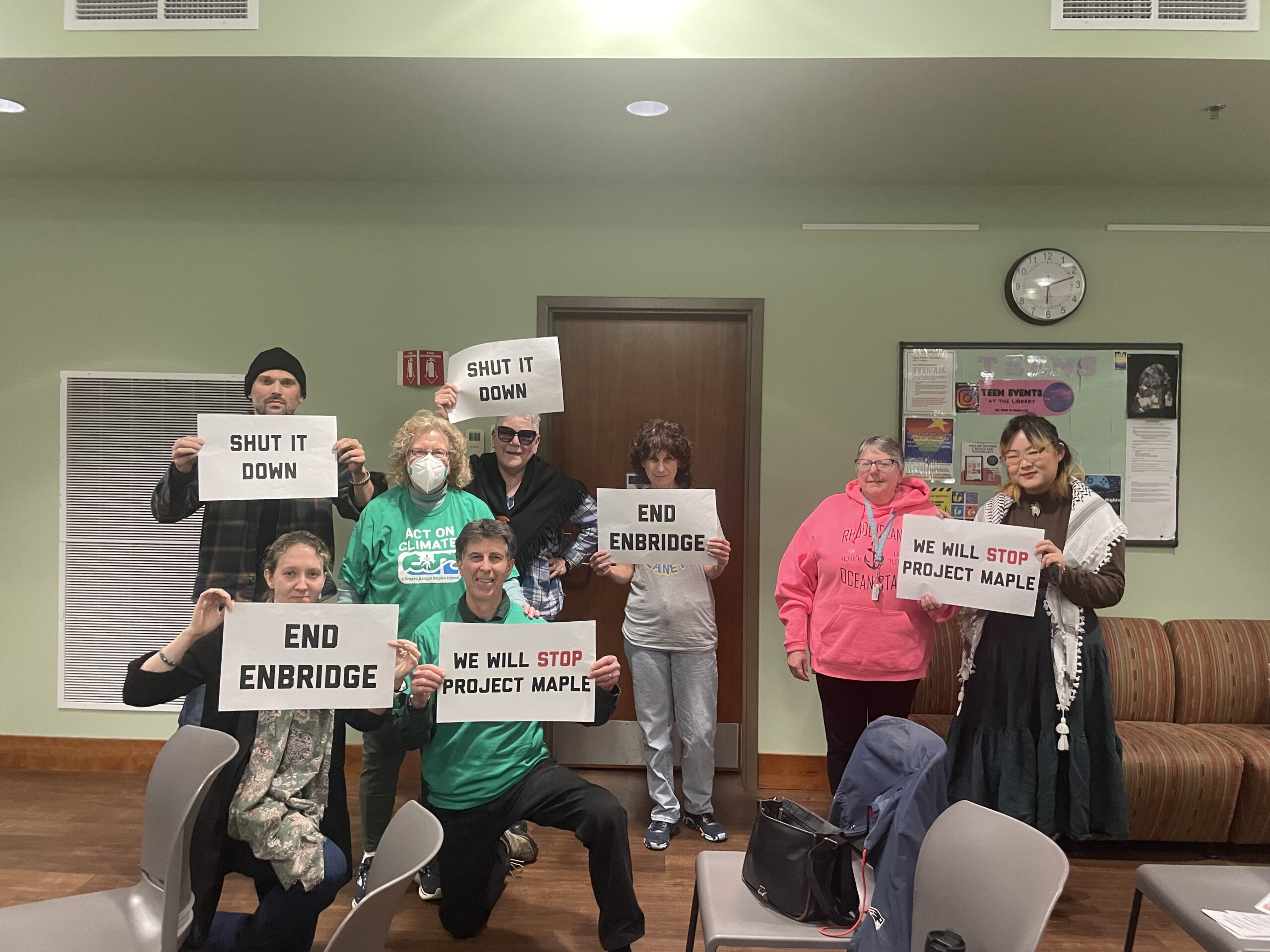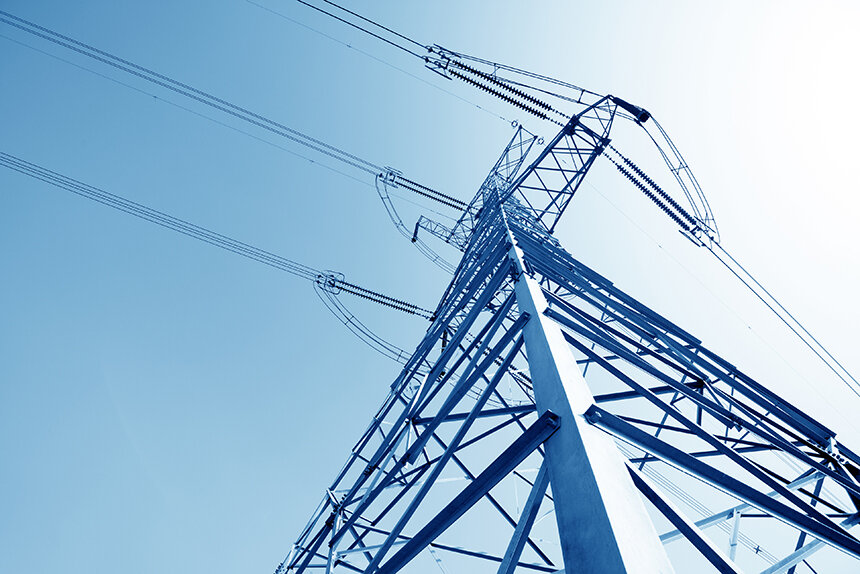Cranston Divided Between Solar Farm and Open Space
November 8, 2015
CRANSTON, R.I. — The prospect of a large solar farm pits the city against land conservationists and exposes one of the major debates in the renewable energy movement.
City planner Peter Lapolla said a 10-megawatt solar farm is better than an oversized housing development, which was once planned for the 78-acre site. Solar doesn’t require costly public services such as police, fire, water, sewage and schools, Lapolla said. Nor does it create noise, traffic and stormwater runoff, he added.
“A solar array has little or no impact,” Lapolla said.
Open-space advocates argue that the open swath on Hope Road in the Western Cranston is too vital to the local watershed to host, what would be, the largest solar farm in the state, especially without more public debate and scrutiny. Members of the West Bay Land Trust have been hoping to acquire and protect the land as part of the city’s comprehensive plan, which calls for a historic farm route that preserves open space and natural habitat.
Local resident and West Bay Land Trust vice president Annemarie Bruun and other opponents prefer that solar arrays be built in the city’s industrial zones, while a portion of the former tree farm is allowed to join the city’s agricultural economy.
“This farm community contributes far more than property tax revenues,” Bruun said. “Farmers pay vehicle taxes, have retail outlets and farm stands, employ local workers, sell their products to restaurants, retail grocers, small-batch food entrepreneurs and at community farmers markets, and bring visitors to our city.”
Bruun is troubled that the developer, RES Energy Development of Britain, would own the array and the electricity, instead of helping power the city. There also is concern that the land would be ringed with a 9-foot-high chain-link fence.
“The profits and high-paying jobs won’t be part of our local economy,” Bruun said. “Add in the tax incentives they will be seeking and this deal begs for more careful scrutiny.”
Many residents say the deal was kept private between the city and the foreign developer. “Yet the administration was told, and apparently engaged in talks with the developer regarding the project, including possible tax incentives. Why was this important fact kept secret from the commission and the public?” Bruun wrote in a letter to the City Planning Commission.
The debate between solar and farmland/open space is taking place from western Massachusetts to California, as solar energy gets cheaper, wind power slows and large tracts of open space dwindle. Some states, such as New Jersey, limit the amount of land farms can convert to solar. But most communities, like Cranston, must rewrite laws after a big solar proposal comes to town.
According to the Land Trust Alliance (LTA), a nationwide network of land conservation groups, “large solar facilities dramatically alter the land. They come at a cost for wildlife habitat, farm and ranch land, scenic beauty and recreational and wilderness opportunities.”
Yet, the LTA says land trusts can ally conservation with clean energy by identifying land to protect, as well as sites that are suitable for renewable energy.
For now, Bruun and other opponents are contesting a proposed zoning change, put forth by Mayor Allan Fung, that allows solar power, as well as animal day-care businesses, on the land. The ordinance has moved back and forth between the City Planning Commission, the City Council and one of its subcommittees, the Ordinance Committee.
The City Planning Commission voted 8-1 Nov. 3 to endorse Fung’s proposal to change the city ordinance to allow large-scale solar installation on farmland. The Ordinance Committee is scheduled to take up the matter at its Nov. 12 meeting. If approved by the city, the project would still require wetland permits from the state Department of Environmental Management.
Lapolla said the solar array can be relatively short-lived and the land can eventually return to open space after its 20- to 25-year life.
He said every community needs to consider renewable energy to address climate change. “Some place has to be the right place for it,” Lapolla said. “If not there, then what’s the right place for it?”
Categories
Join the Discussion
View CommentsRecent Comments
Leave a Reply
Related Stories
Your support keeps our reporters on the environmental beat.
Reader support is at the core of our nonprofit news model. Together, we can keep the environment in the headlines.
We use cookies to improve your experience and deliver personalized content. View Cookie Settings




Yes, I think this solar farm is a good idea. But as a partner in a Providence-based solar firm (BCX Energy), I cant’t understand why such a nice chunk of work has to not only go to an outside the state organization but one that outside our country (??). Good work on this, though Tim Faulkner + ecoRI staff
This is another example of despite the oft-repeated sound bite there is no such thing as "clean energy." Not just the siting aspects as in this case, but the manufacture, installation, maintenance, transmission, and disposal of "clean" energy facilities all have significant impacts. The cleanest energy is that not used due to reduced demand from conservation, efficiency, and by slowing population growth.